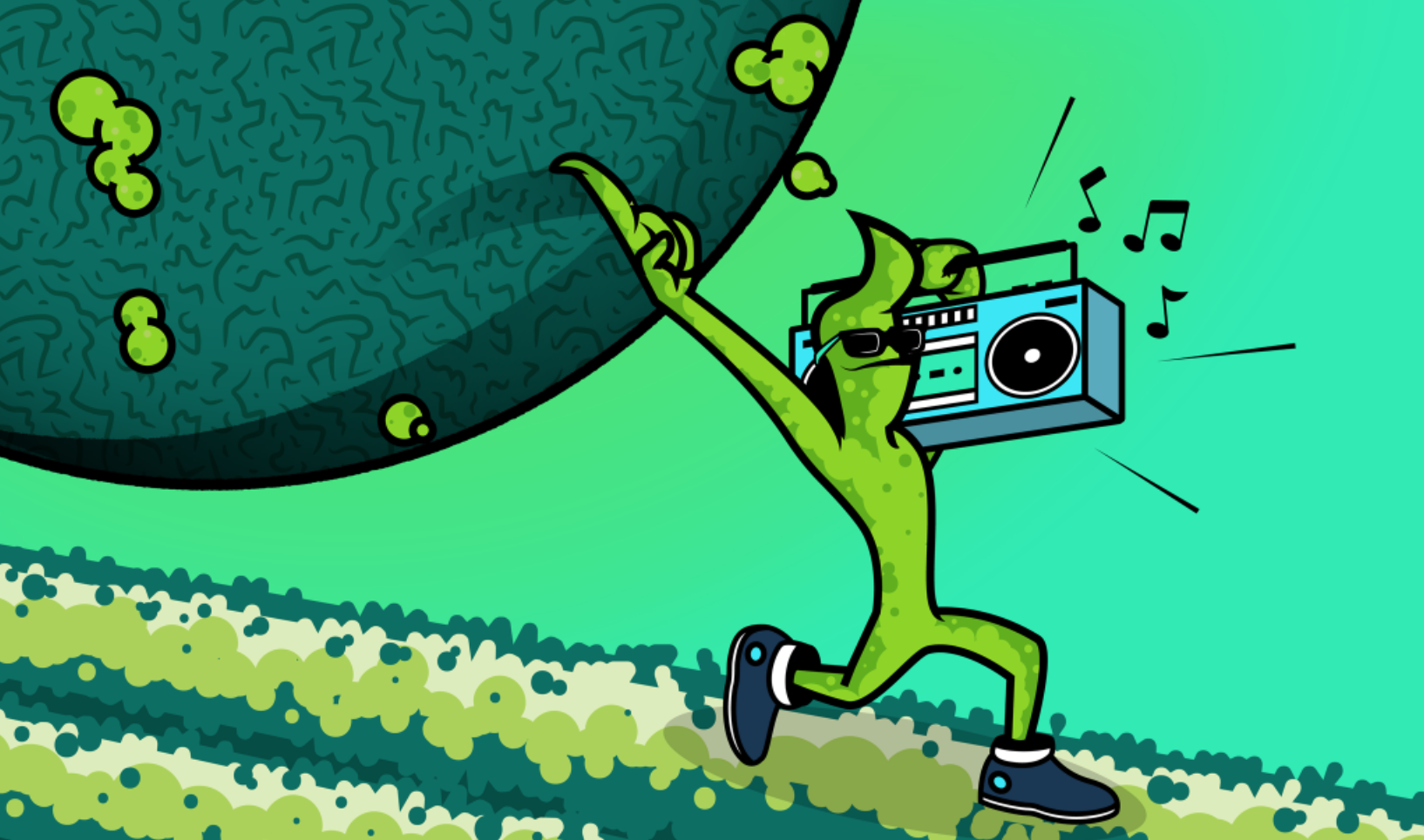
Endorphins: The Key to Effort and Focus in Children and Teens
Posted: September 30, 2019
Endorphins: The Key to Effort and Focus in Children and Teens
Endorphins are natural chemicals produced in the body to reduce pain and boost happiness. They are most often associated with exercise since the release of these “feel-good” chemicals cause a state of euphoria and is usually known as a “runner’s high.” However, most any exercise will cause this state of happiness and it is also boosted through laughter and excitement.
In recent years, studies involving endorphins have begun to focus on how this chemical contributes to learning. Physical activity is essential to brain development. Basically, when we feel good, we learn better. Intellectually stimulating the brain when endorphins have been released, helps even more. For the last five years, neuroscientists have been encouraging parents and teachers to work on stimulating the good feeling chemicals in the brain. The mind-body connection is a powerful thing.
When working with children and teens, it’s important to remember this and help develop the whole self. By stimulating the positive neurotransmitters in the body, we will combat the cortisol and, therefore, have more happy children and teens. Physical activity leads to happiness, happiness leads to better learning, better learning leads to increased knowledge, increased knowledge leads to more confidence and so on.
Now that we understand the neuroscience surrounding endorphins, how can we, as parents, teachers, coaches, and anyone who works with children, use this information? We must create a learning environment that releases endorphins so that students apply more effort and are better able to focus.
Our Program does this by teaching with the brain in mind and utilizing game-based learning. Along with this, two of the Teaching Skills that are used in class are specifically designed to increase the students’ endorphin levels.
1) Up The Rep: The use of “up the rep” as a teaching skill in class helps the students have more energy throughout an exercise, which ultimately leads to them exhibiting more effort. For example, if students are practicing hip escapes and they are told to do 50, the goal is for the 50th hip escape to be the best one. However, students often start out full speed and their energy depletes as they get closer to the 50th rep. The best thing to do is have them start out their reps easier and increase their speed as they get to 50. That way they end with their best one yet! This gives the students a rush of endorphins and they finish the exercise feeling stronger.
2) Neurobics: The use of “neurobics” in class helps the students by increasing their neural stimulation and, therefore, they become more focused. For example, if the students are doing pushups, instead of counting to 10, count in colors or characters, or even count backwards. This will increase the neural firing in their brains and keeps their minds from wondering.
By utilizing these techniques, the endorphins in the students’ brains increase, and then they feel better and, therefore, learn better. The combination of having more energy and being cognitively stimulated leads to more effort and focus in class!
Find out how we can help your child achieve their very best self! Click HERE to find out more...